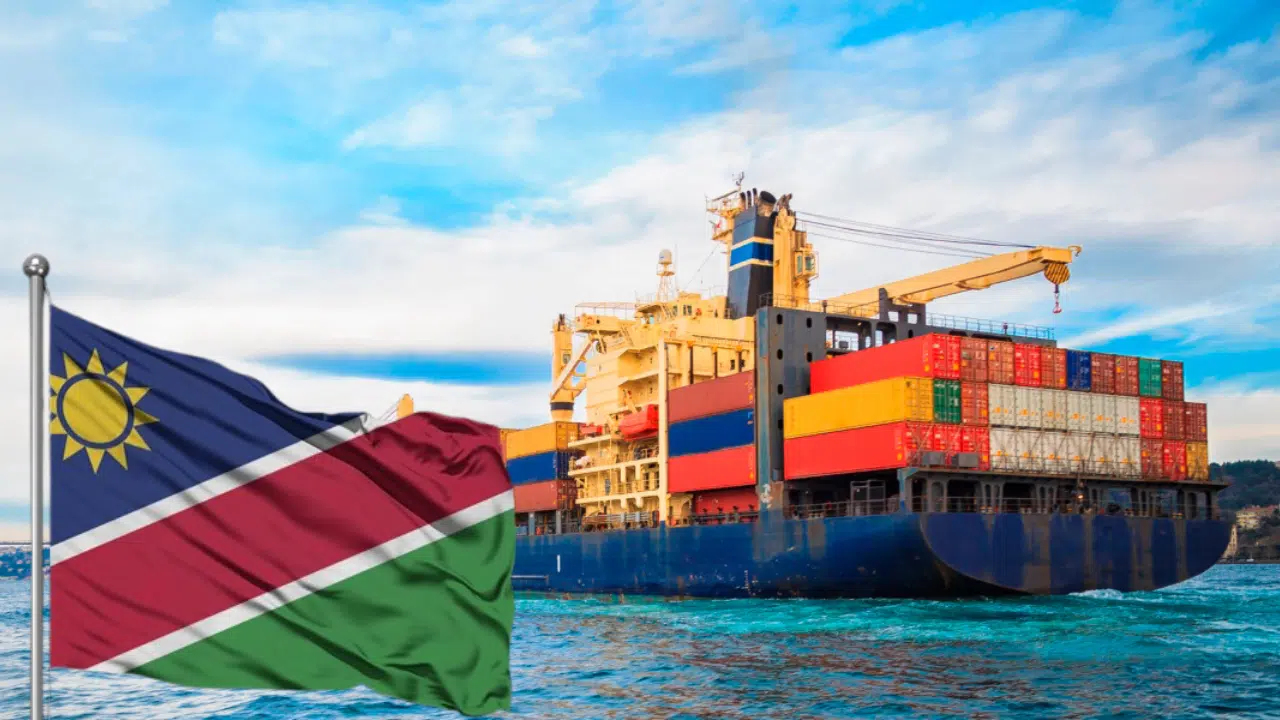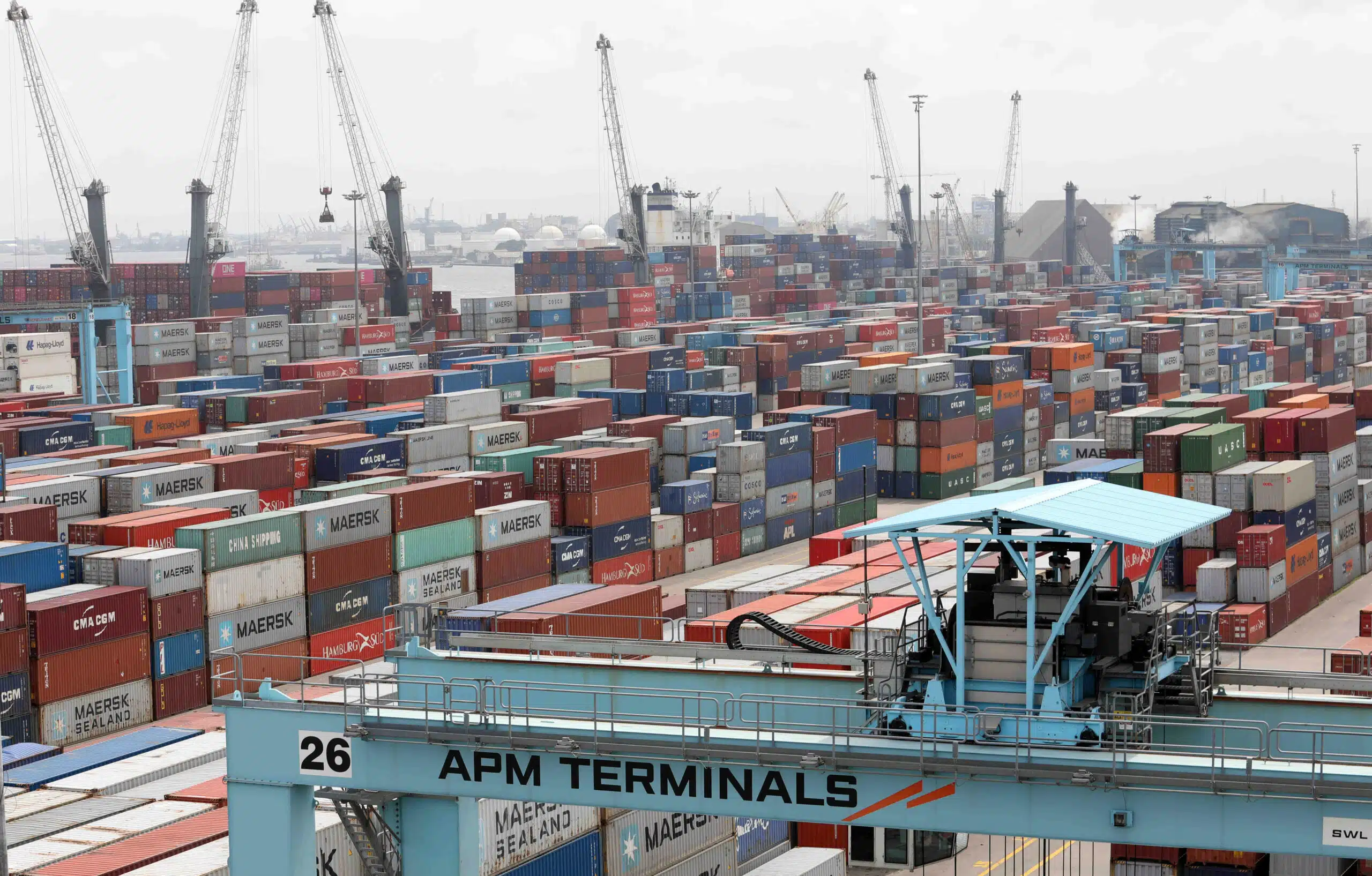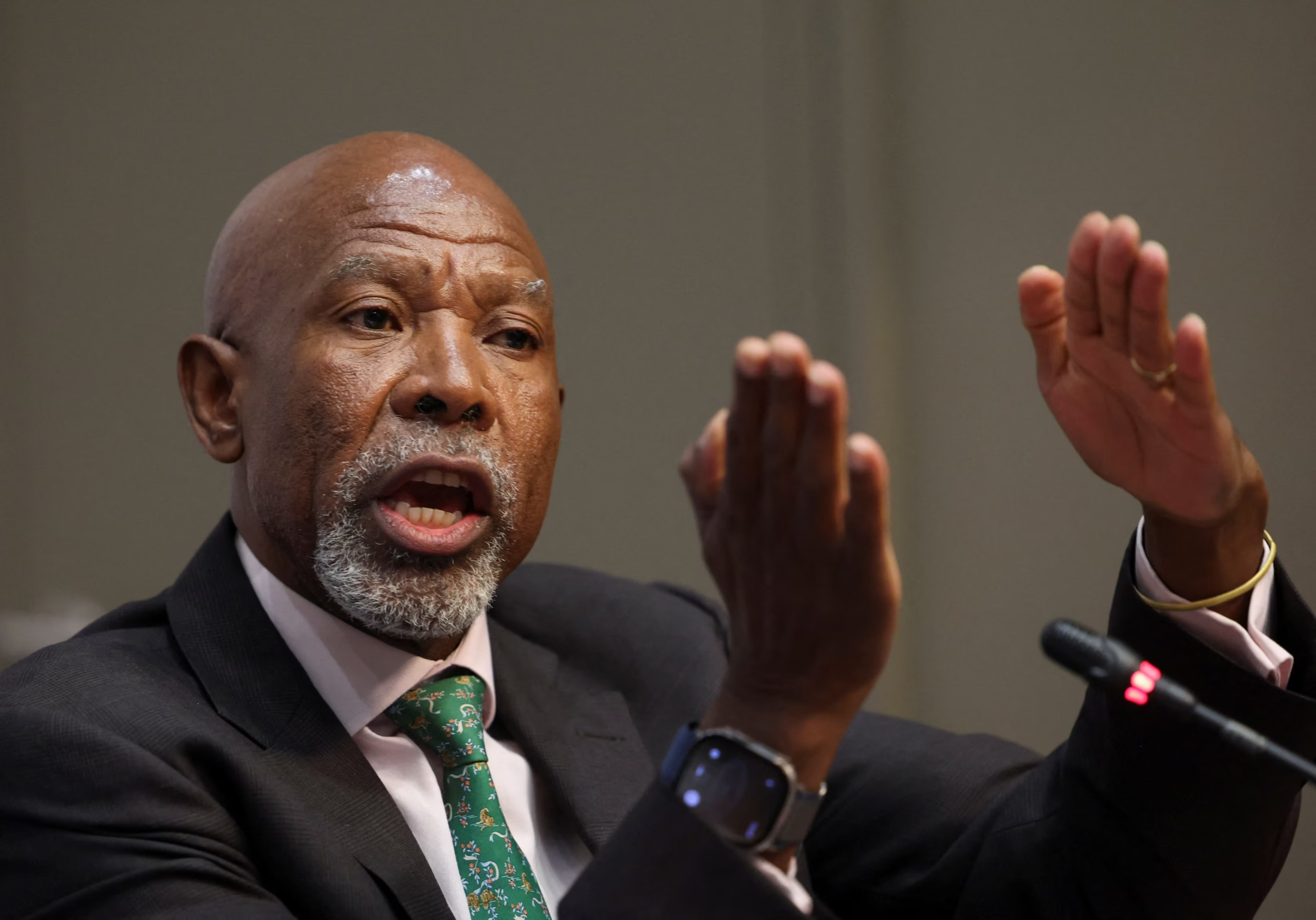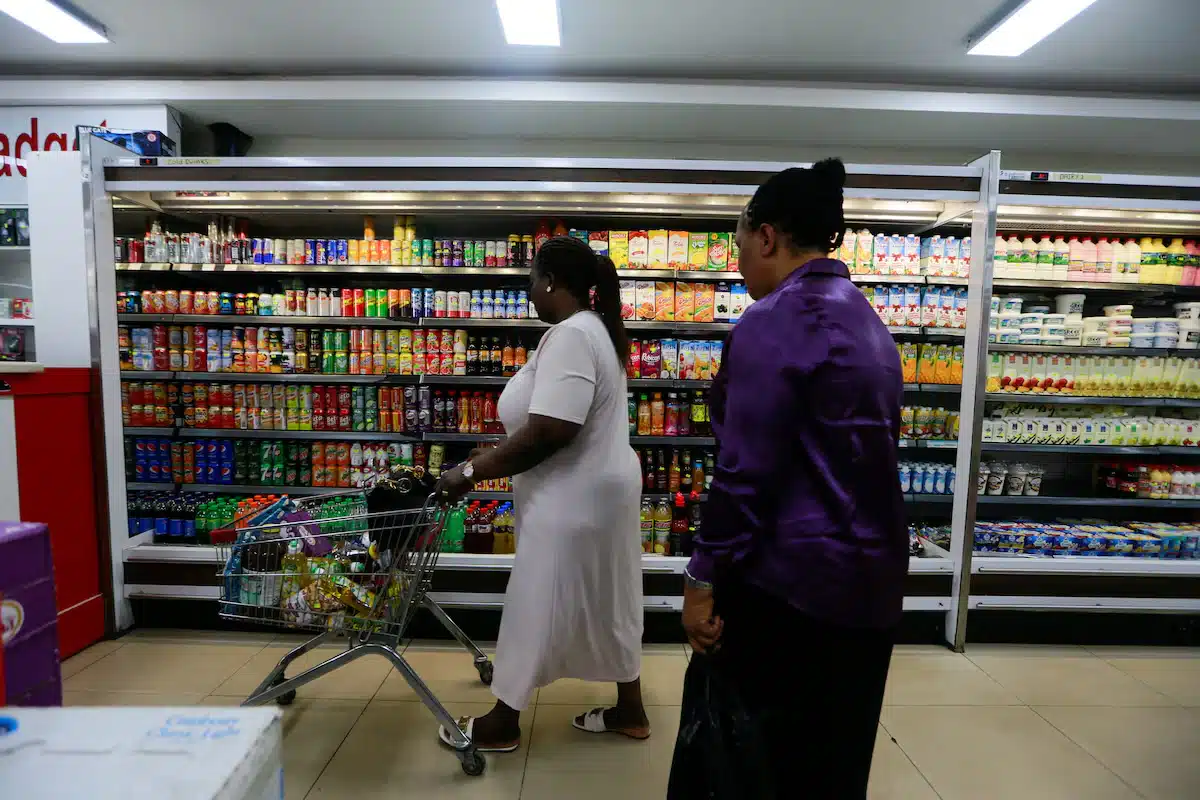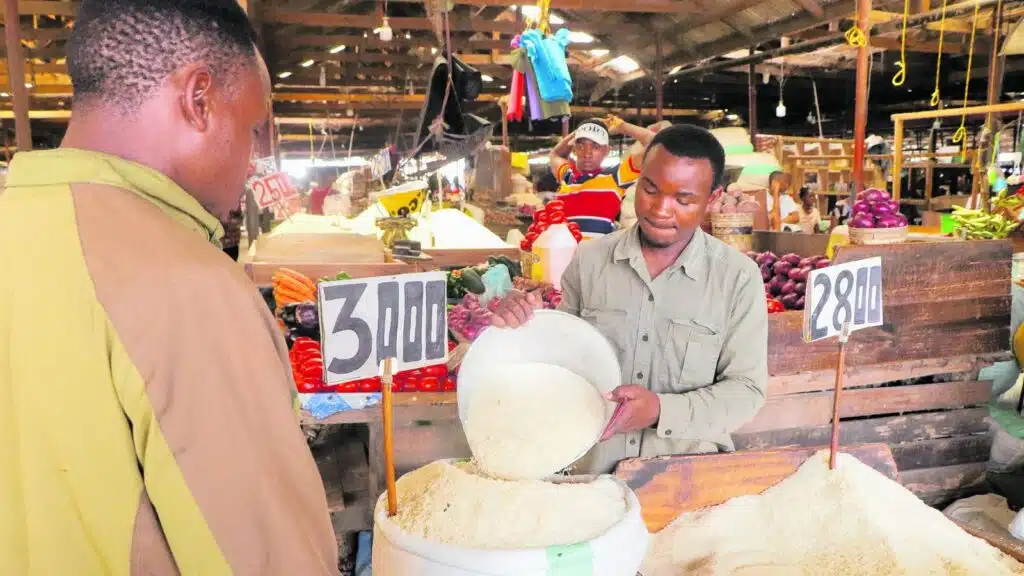Namibia has officially commenced trade in the African Continental Free Trade Area (AfCFTA), the continent’s flagship free trade agreement, with a 45,000-tonne shipment of salt to Nigeria — a rare instance of trade under a pact still struggling to gain momentum nearly six years after its launch.
The dispatched salt, produced by Walvis Bay Salt Holdings, marked the southern African country’s first consignment under the agreement aimed at boosting intra-African trade by eliminating tariffs.
According to the World Bank, the AfCFTA has the potential of becoming the world’s largest trade area, connecting 1.3 billion people across 54 countries into a single market valued at $3.4 trillion.
At a ceremony to flag off the shipment held on Monday, Selma Ashipala-Musavyi, Namibia’s Minister of International Relations and Cooperation, said the move signals a strategic shift for Namibia, which is seeking to reduce its reliance on traditional regional blocs such as the Southern African Customs Union (SACU) and the Southern African Development Community (SADC).
SACU groups Namibia with Botswana, Eswatini, Lesotho and South Africa, allowing free movement of goods within the bloc.
However, its regional focus has historically limited Namibia’s trade footprint across the wider continent.
“Our involvement in the AfCFTA signals a strategic shift,” Ashipala-Musavyi said, pointing to new trade opportunities with countries in West, Central and North Africa.
“While the potential benefits are clear, they require our businesses, SMEs, exporters, and service providers to stand ready and remain relevant,” she added.
To help local firms take advantage of the agreement, Namibia will from July begin a nationwide sensitisation campaign targeting businesses and small-scale exporters.
“The Ministry of International Relations and Trade, together with the Ministry of Industrialisation and Trade, will undertake regional outreach with the private sector, including SMEs. Our goal is to ensure that Namibia is not only a signatory on paper but a true participant and beneficiary,” Ashipala-Musavyi said.
She noted that the government would continue to create an enabling environment, but emphasised that the private sector must drive implementation. “The success of the AfCFTA will depend on the sector’s unreserved adoption.”
Slow and uneven rollout
Since the AfCFTA came into force on May 30, 2019, 48 countries have ratified the agreement by submitting instruments to the African Union. But actual trade under its rules has remained limited.
Logistical challenges, inconsistent customs procedures, infrastructure gaps and delays in implementing tariff schedules have slowed progress.
To kick-off operations, the AfCFTA Secretariat launched the Guided Trade Initiative (GTI) in October 2022, a pilot scheme designed to allow selected countries to begin trading under AfCFTA terms in a controlled environment.
Ten countries were selected for the GTI: Algeria, Cameroon, Egypt, Ghana, Kenya, Mauritius, Rwanda, South Africa, Tanzania and Tunisia.
Cameroon began exporting products such as safou (a tropical fruit), dried pineapples and ginger to Ghana through local firm GIC AFATEX the same month the initiative launched.
While Cameroon’s exports were largely successful, its imports faced roadblocks. These included product eligibility issues and the non-liberalisation of trade categories under the Economic and Monetary Community of Central African States (CEMAC), the regional bloc to which Cameroon belongs.
Cameroon, Ghana and Tunisia are among the few countries that have benefited meaningfully from the agreement.
Namibia’s recent shipment demonstrates that progress is also possible outside the GTI. But it raises questions about the coherence of AfCFTA’s operational rollout.
Without harmonised procedures and clear implementation guidance, member states are proceeding at uneven speeds — some through the pilot programme, others bypassing it entirely.
Beyond tariffs
The AfCFTA is currently transitioning from its first phase — focused on reducing tariffs on goods on services by 90% — to a more complex second phase, which covers intellectual property, investment rules and competition policy.
These areas are critical to fostering industrialisation and services trade across the continent, but progress remains slow.
Analysts say that unlocking the AfCFTA’s full potential will require more than trade agreements on paper — it will depend on logistical readiness, political will, and strong private sector participation.
The urgency of its implementation has been amplified by the ongoing global trade war, which is disrupting supply chains and pushing African economies to look inward for alternative trade opportunities.

